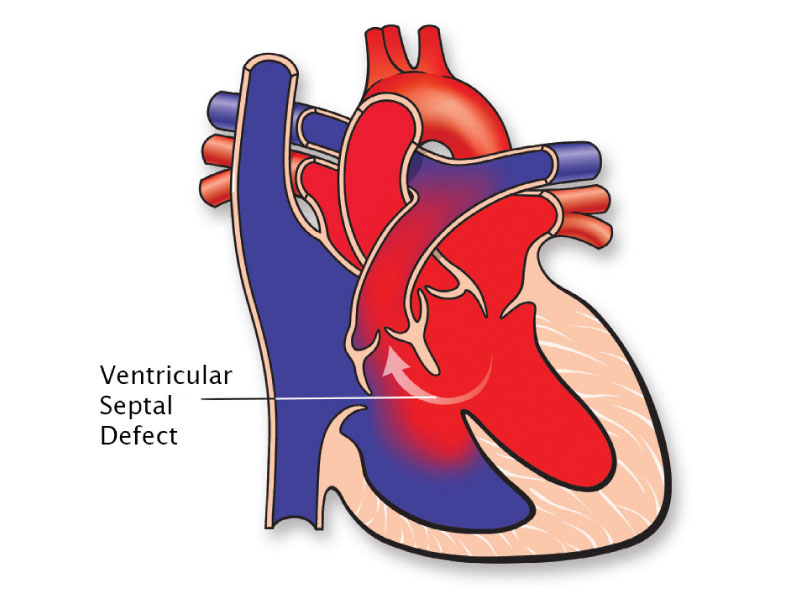Common heart defect could limit exercise ability that worsens with age
By American Heart Association News

A common congenital heart defect may reduce exercise capacity as a person gets older – even if the condition was surgically repaired or deemed too minor to treat, according to new research.
A study from Denmark suggests that adults with a ventricular septal defect – repaired or not – have a reduced ability to exercise than people born without it, and that gap widens with age. The work was published Wednesday in the Journal of the American Heart Association.
The condition occurs when a hole in the wall separating the heart's lower pumping chambers does not close. Researchers know it can cause people to have poorer exercise ability, but this study looked at whether that exercise capacity would worsen with age.
"These results underline the importance of keeping adults with ventricular septal defects in follow-up programs and including exercise tests in the assessment of their potential deteriorating functional capacity," lead author Dr. Marie Maagaard said in a news release. She is a researcher at Aarhus University Hospital in Aarhus, Denmark.
Functional capacity is a measure based on the heart's ability to balance and pump enough oxygen-rich blood to allow for normal physical activity.
Researchers gave an exercise test to 30 people with surgically repaired ventricular septal defects and 30 others who had small but unrepaired defects. They compared them to two groups of 30 adults who didn't have the heart defect but were matched by age and gender.
Among the study's findings:
– Compared to their matched peers without a defect, exercise capacity was 29% lower for people with surgically repaired defects and 21% lower for those with unrepaired defects.
– People in their mid-20s whose defects were surgically repaired had 18% diminished capacity, while those with unrepaired hearts had 17% lower capacity compared to their counterparts without a heart defect.
– Even at low-intensity exercise levels on par with minor daily activities, participants with either a repaired or unrepaired defect had significantly lower capacity than those without a heart defect.
Maagaard said advances in surgery and technology in recent decades mean the data in people who had their defect fixed cannot be directly applied to those who have undergone more recent procedures.
The 2018 guidelines from the AHA and American College of Cardiology for managing adults with congenital heart disease recommend adults receive regular follow-up care in specialized cardiology centers on a regular basis.
The next step, Maagaard said, is to figure out what's happening physiologically in these congenital heart disease survivors. "Furthermore, randomized clinical trials of potential therapeutic options are also important."
If you have questions or comments about this story, please email [email protected].





